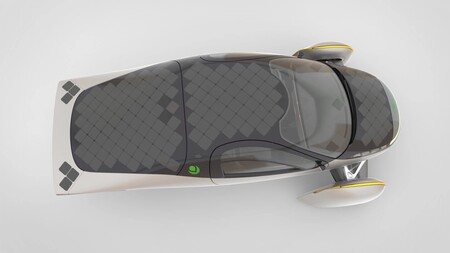
The city with the highest air pollution by PM2.5 is Kanpur, India, according to a report published in 2018 by the World Health Organization (WHO).
Specifically, the peak was recorded in 2016, with an average of 173 μg of PM.25 per cubic meter, 17 times the recommended maximum.
Kanpur
Kanpur is located on the banks of the Ganges River and is an important industrial center. It covers an area of more than 1,000 km² and has a population of around 2.7 million inhabitants according to the 1991 census.
Industrial and vehicle emissions contribute decisively to polluting Kanpur's air with particulate matter PM2.5.

They are particles that have a diameter less than 2.5 microns (μm is one millionth of a meter), such as fine soot; while the PM10 They include contaminants up to 10 microns in diameter, such as dust or pollen.
Many factories continue to burn coal to obtain the energy required for their production processes and the increase in logistics activity translates into a greater number of vehicles traveling on unpaved roads, with the consequent rise of dust and the constant emission of toxic gases.
Every year, dozens of its cities appear on the most polluted list, but little or no effort is made to improve air quality. In the latest report, Delhi marginally improved its ranking to sixth place, compared to the most polluted city in 2014.
–
The news
The city with the highest air pollution in the world exceeds the maximum recommended by the WHO by more than 17 times
was originally published in
Xataka Science
by
Sergio Parra
.






